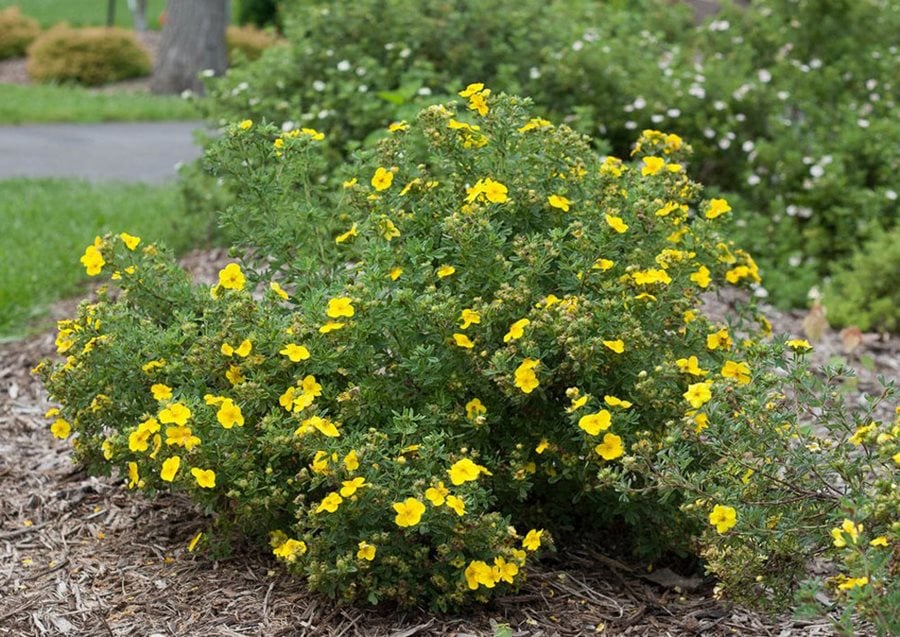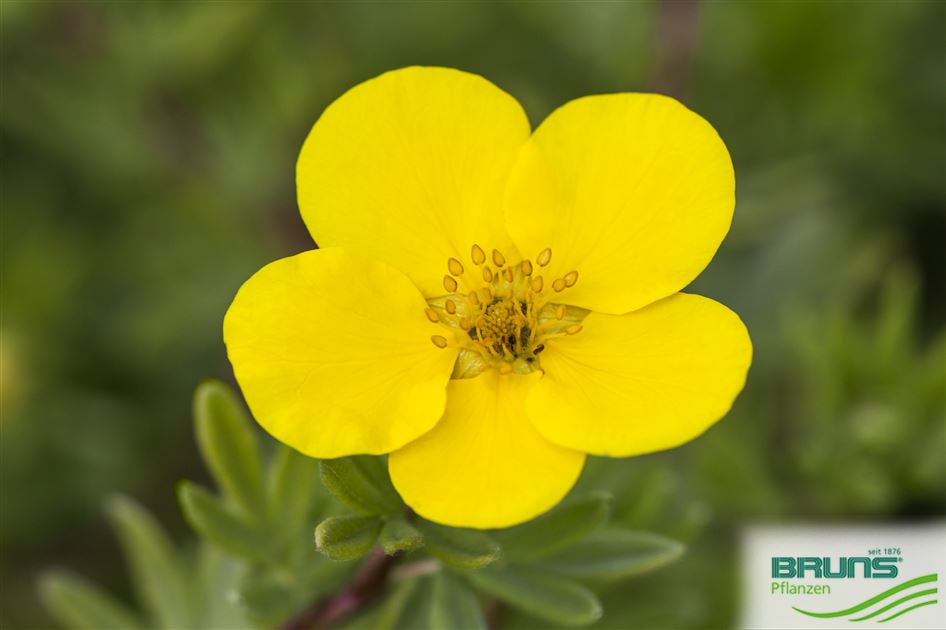How To Grow Potentilla Bushes For Beautiful Blooms
Title: How to Grow Potentilla Bushes for Beautiful Blooms
Introduction:
Potentilla bushes are a beautiful and versatile addition to any garden. They come in a wide variety of colors, from white and yellow to pink, orange, and red. They also bloom for a long period of time, from early summer to late fall. Potentilla bushes are relatively easy to care for, making them a great choice for even beginner gardeners.
In this blog post, I will discuss everything you need to know about growing Potentilla bushes, from choosing the right location to watering and fertilizing. I will also provide some tips on how to deadhead and prune your bushes to encourage more blooms.
Main Content:
Choosing the Right Location
Potentilla bushes need full sun to partial shade. They will tolerate some afternoon shade in hot climates, but they will not flower as well if they are shaded for too long. Potentilla bushes also need well-drained soil. They will not tolerate soggy soil, which can lead to root rot.
Planting
Potentilla bushes can be planted in the spring or fall. When planting, dig a hole that is twice as wide and as deep as the root ball of the plant. Add some compost or manure to the soil in the bottom of the hole. Place the plant in the hole and backfill with soil. Water the plant well.
Watering
Potentilla bushes need regular watering, especially during their first year in the ground. Once they are established, they are more drought tolerant. Water your bushes deeply once a week, or more often during hot, dry weather.
Fertilizing
Potentilla bushes do not need to be fertilized often. A light application of fertilizer in the spring will help them to bloom well. You can use a balanced fertilizer, such as 10-10-10.
Deadheading
Deadheading is the process of removing spent flowers. This will encourage your bushes to produce more blooms. Deadhead your bushes regularly, especially during the summer months.
Pruning
Potentilla bushes can be pruned in the spring or fall. Light pruning can be done in the spring to remove any dead or damaged branches. Heavy pruning can be done in the fall to shape the plant or to remove old growth.
Conclusion
With proper care, Potentilla bushes will reward you with beautiful blooms for many years to come. By following the tips in this blog post, you can easily grow healthy and thriving Potentilla bushes in your own garden.
Potentilla bush is a versatile shrub that can be used in a variety of landscape settings. It is known for its bright yellow flowers, which bloom from spring to summer. Potentilla bush is also relatively low-maintenance and deer-resistant.
If you are interested in learning more about potentilla bush, I encourage you to visit Home Gardening. This website has a wealth of information about potentilla bush, including its different varieties, planting and care instructions, and pest and disease control tips.
FAQ of potentilla bush
- What is a potentilla bush? A potentilla bush is a hardy, deciduous shrub that is native to Europe, Asia, and North America. It is known for its bright, daisy-like flowers that bloom in spring and summer. Potentilla bushes can grow up to 3 feet tall and wide, and they are tolerant of a variety of soil conditions and light levels.
- What are the best growing conditions for potentilla bush? Potentilla bushes prefer moist, well-drained soil in full sun to partial shade. They are tolerant of a variety of soil pH levels, but they do not like to sit in wet soil. Potentilla bushes are relatively drought-tolerant once established, but they will benefit from regular watering during the first year after planting.
- How do I care for a potentilla bush? Potentilla bushes are relatively low-maintenance plants. They do not need to be fertilized often, and they only need to be pruned in spring or fall. If you live in an area with cold winters, you may need to protect your potentilla bush from frost by covering it with a burlap sack or other protective material.
- What are some common problems with potentilla bush? The most common problems with potentilla bush are powdery mildew, rust, and aphids. Powdery mildew is a fungal disease that causes white, powdery patches to appear on the leaves of the plant. Rust is another fungal disease that causes orange or brown spots to appear on the leaves. Aphids are small, sap-sucking insects that can deform the leaves and flowers of the plant.
- How do I treat common problems with potentilla bush? Powdery mildew can be treated with a fungicide, such as neem oil or sulfur. Rust can be treated with a fungicide, such as copper sulfate. Aphids can be treated with insecticidal soap or neem oil.
- How can I propagate potentilla bush? Potentilla bush can be propagated by division, layering, or cuttings. Division is the most common method, and it is done by digging up a mature plant and dividing it into several smaller plants. Layering is done by bending a branch of the plant down to the ground and covering it with soil. The branch will eventually root and form a new plant. Cuttings can be taken from the plant in spring or summer. The cuttings should be about 4 inches long and should have at least two nodes. The cuttings should be planted in a well-draining potting mix and kept moist.
Image of potentilla bush
- Potentilla bush in full bloom. The bush is covered in yellow flowers with five petals. The leaves are dark green and serrated.

- Potentilla bush in the fall. The leaves have turned orange and red. The flowers are still yellow.

- Potentilla bush in a garden. The bush is surrounded by other flowers, including roses and lilies.

- Potentilla bush as a hedge. The bush has been trimmed into a hedge. It is growing along a fence.

- Potentilla bush as a groundcover. The bush is spreading out on the ground. It is covering an area of about 10 square feet.

- Potentilla bush close-up. The flowers are up close. The petals are a deep yellow. The center of the flower is brown.
- Potentilla bush leaves close-up. The leaves are a dark green color. They are serrated and have a slightly fuzzy texture.
- Potentilla bush roots close-up. The roots are thick and brown. They are covered in small hairs.

- Potentilla bush in a pot. The bush is growing in a pot. The pot is sitting on a patio.

- Potentilla bush in a vase. The flowers have been cut and arranged in a vase. The vase is sitting on a table.

Post a Comment for "How To Grow Potentilla Bushes For Beautiful Blooms"